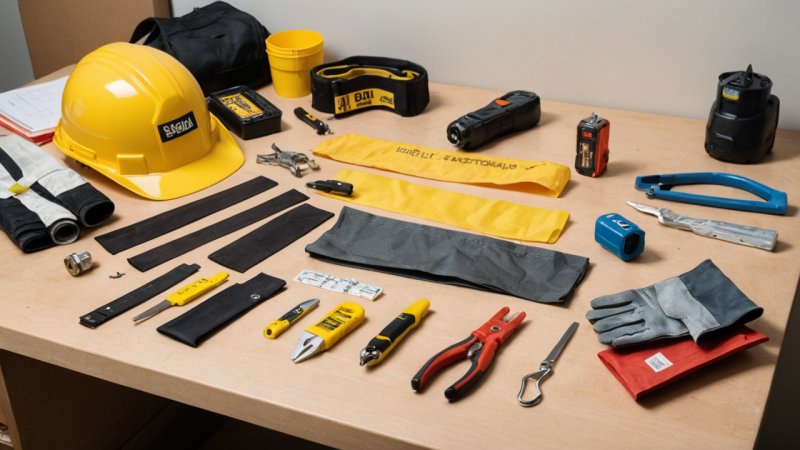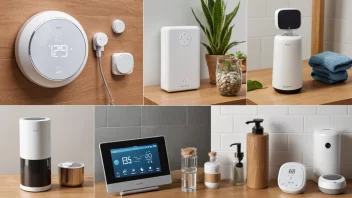Embarking on a DIY project can be an exciting and fulfilling endeavor. Whether you’re building furniture, repairing your home, or tackling a creative project, using the right tools is crucial. However, safety should always be your top priority when working with DIY tools. Here are some essential safety tips to keep in mind.
Wear Appropriate Safety Gear: Before you even pick up a tool, ensure that you are wearing the right safety gear. This includes safety goggles to protect your eyes from flying debris, a dust mask to avoid inhaling harmful particles, and gloves to protect your hands. If you're working with power tools, sturdy boots and ear protection are also advisable.
Read the Manual: Each tool comes with its own set of instructions and safety guidelines. Take the time to read the manual thoroughly before using the tool for the first time. Understanding how to operate the tool correctly can prevent accidents and enhance your efficiency.
Inspect Your Tools: Before starting any project, inspect your tools for any signs of wear or damage. Check for frayed cords on power tools, rust on blades, or any other indications that a tool may not function properly. Using damaged tools can lead to injury and should be avoided at all costs.
Maintain a Clean Workspace: A cluttered workspace can lead to accidents. Keep your area organized and free of unnecessary tools and materials. Make sure to clean up spills and remove any obstacles that could cause you to trip or fall.
Use the Right Tool for the Job: It's tempting to use whatever tool is handy, but using the right tool for the specific task is essential. Not only does this improve your efficiency, but it also reduces the risk of injury. If you don’t have the right tool, consider borrowing or renting it rather than improvising.
Keep Tools Out of Reach: If there are children or pets in your home, it’s important to store your tools in a safe place. Keep sharp or hazardous tools locked away and out of reach to prevent accidents.
Stay Focused: It’s easy to get distracted while working on a project, but staying focused is key to ensuring your safety. Avoid multitasking and take breaks if you find your concentration waning. If you’re feeling tired or rushed, it’s best to pause your project and return when you can give it your full attention.
In conclusion, safety should never be an afterthought when using DIY tools. By following these essential tips, you can minimize risks and create a safer working environment. Always remember, a little precaution goes a long way in ensuring that your DIY projects are enjoyable and injury-free.






